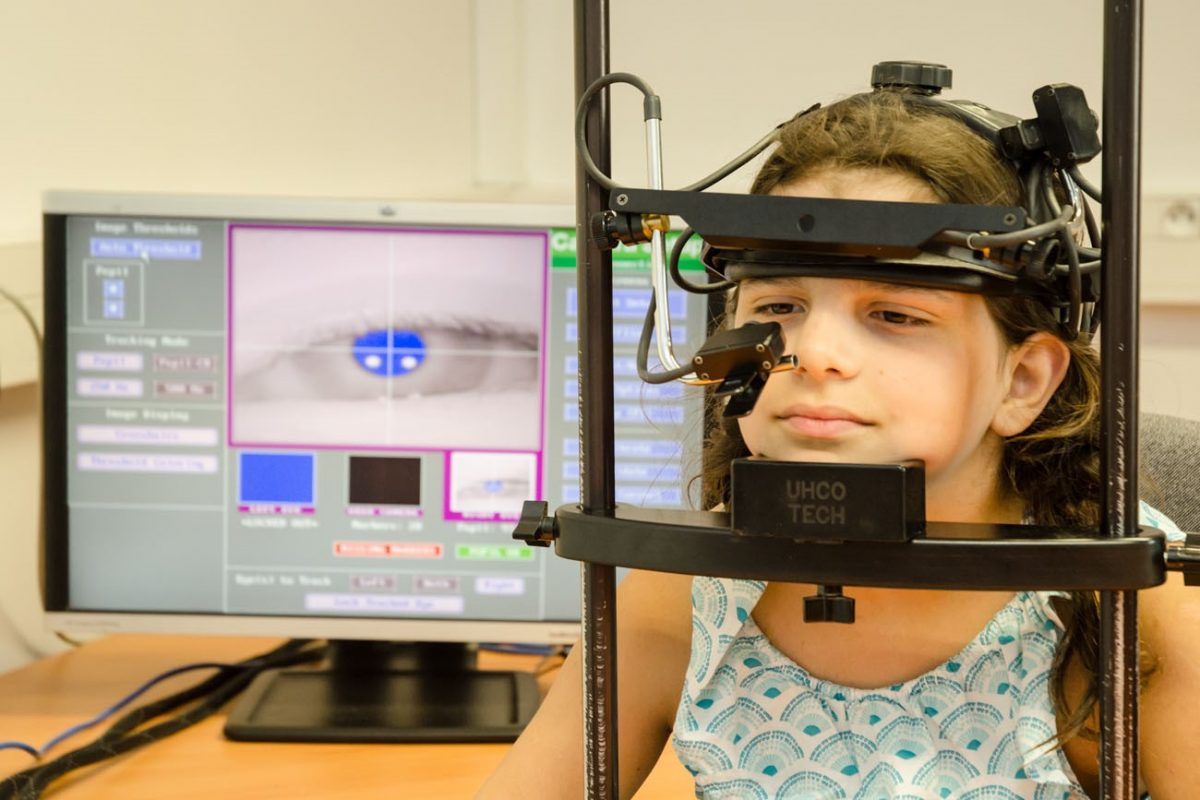The first European study dedicated to eye movements has been published in Vision Research..


A lire aussi
Job offer at the LPL: Statistical Engineer (f/m)
23 June 2025
par Claudia Pichon-Starke
Learning to read: marked inequalities in overseas France
28 May 2025
par Claudia Pichon-Starke
Learning to read starts early: The benefits of premature exposure to the written word
28 April 2025
par Claudia Pichon-Starke
How does our brain process prosody?: Shedding light on the involvement of Heschl's gyrus
09 April 2025
par Claudia Pichon-Starke
The nature of speech representations in the "literate brain"
04 April 2025
par Claudia Pichon-Starke
Job offer at the LPL: Statistical Engineer (f/m)
23 June 2025
par Claudia Pichon-Starke
Learning to read: marked inequalities in overseas France
28 May 2025
par Claudia Pichon-Starke
Learning to read starts early: The benefits of premature exposure to the written word
28 April 2025
par Claudia Pichon-Starke
How does our brain process prosody?: Shedding light on the involvement of Heschl's gyrus
09 April 2025
par Claudia Pichon-Starke
The nature of speech representations in the "literate brain"
04 April 2025
par Claudia Pichon-Starke







